The MANTA platform manages a park of manual and automated stereomicroscopes, in open access at CEREGE.
Book your slot here : https://grr.osupytheas.fr/day.php?year=2025&month=04&day=17&area=150
Microfossil Analyses: New Technologies and Applications
The MANTA platform manages a park of manual and automated stereomicroscopes, in open access at CEREGE.
Book your slot here : https://grr.osupytheas.fr/day.php?year=2025&month=04&day=17&area=150

Principal Investigator: Thomas Chalk
Participants: Abel Guihou, Matthieu Buisson, Rachel Brown
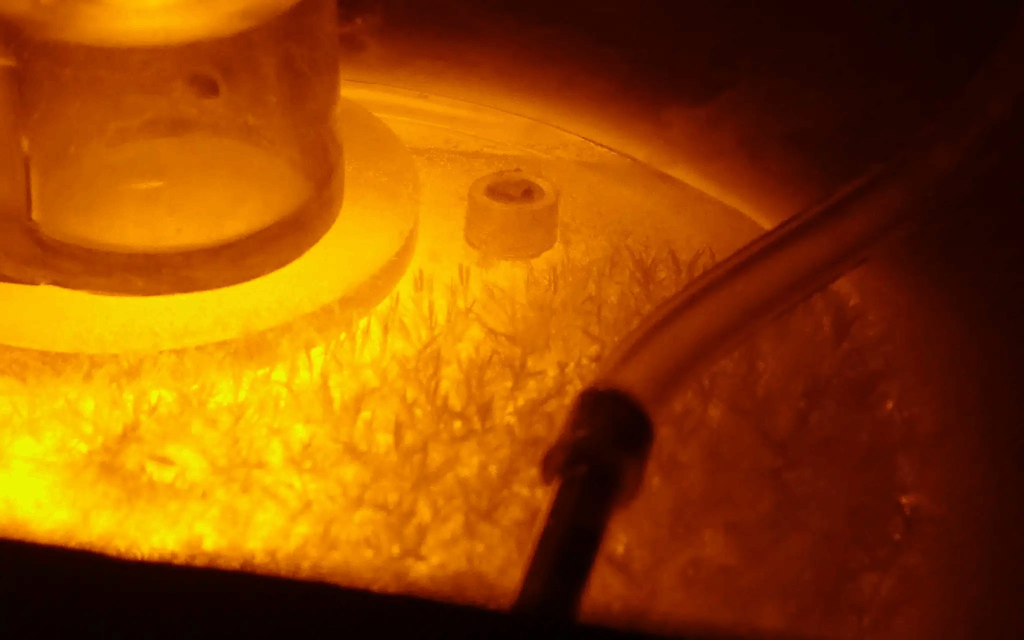
Our knowledge of carbon dioxide (CO2) concentrations in the atmosphere of the past is fundamental to understanding the Earth’s climate for the past, present and future. Ice cores, the product of an international effort, make it possible to recover air bubbles from ancient atmospheres trapped in the ice. They have provided us with 800,000 years of high-resolution, accurate data, revolutionising our understanding of the Earth system. ForCry, a technique designed by ERC award recipient Thomas Chalk, will enable us to move into a new generation of climate data from the past.
Marine sediments offer the potential to recover high spatial and temporal resolution records of modern and past ocean pH and hence CO2 levels at these times. However, to date, the generation of these data is limited by intensive analytical methods that restrict their high-throughput application and the need to analyse many samples that limit their applicability.
Improvements are needed to answer the fundamental questions:
The ForCry project will achieve optimal sensitivity of the laser ablation methodology by freezing tiny samples in an ice ‘puck’. This will allow analyses to be carried out with samples about 10 times smaller than conventional methods while maintaining good accuracy. ForCry will explore multiple facets of Earth System science by extending the use of laser ablation methodology to new fossil records, as well as mapping ocean pH change in all four dimensions (spatial and temporal).
Changing CO2 levels will be used to examine the state dependency of climate sensitivity in warm periods of the geological past. ForCry will examine the role of the ocean in fixing and/or regulating past, present and future CO2 at unprecedented resolution.
https://www.cerege.fr/en/sciences/climate/climate-projects/erc-forcry


PI : Martin Laviale (LIEC)
PI@CEREGE : Thibault de Garidel
Aquatic ecosystems are subject to numerous anthropogenic pressures. This calls for the development of innovative ecological diagnostic tools to support robust management measures. Current tools can assess ecological status based on taxonomic characteristics (i.e., species lists) and/or functional traits (i.e., individual phenotypic attributes) of a given group of organisms. However, these approaches often rely on morphological criteria that can be difficult to characterize. In this context, the objective of BIOINDIC-IA is to enhance the biomonitoring of aquatic ecosystems by using artificial intelligence to automatically analyze taxonomy (species) and morphological traits from microscopy images. The project focuses on two model organisms: benthic freshwater diatoms, recognized as bioindicators in the European Water Framework Directive, and marine benthic foraminifera, which are rarely included in ecological assessments despite their acknowledged potential for coastal water biomonitoring.


Sonia Chabaane (PI)
Olivier Sulpis (co-PI)
Coastal marine ecosystems, particularly in tropical areas, are under considerable pressure from climate change and human activities. Water stratification, exacerbated by global warming and increased microbial respiration, is leading to the gradual deoxygenation of sub-surface waters. Not only does this disrupt biogeochemical cycles, it also threatens biodiversity and the fish stocks that are essential to local populations.
The coasts of Senegal are facing a gradual extension of anoxic zones, particularly in coastal regions near mangrove lagoons. The massive input of organic matter by mangroves, combined with the deoxygenation induced by global warming, is profoundly altering biogeochemical balances. These disturbances can lead to a reduction in the quality of fish stocks and have a negative impact on local fishing, a vital sector for the regional economy. Despite the importance of these issues, the mechanisms and evolution of these processes remain largely unknown in this context.
The MANGO project aims to shed light on these complex phenomena by studying changes in oxygen content and nutrient cycles in Senegal’s coastal zones, with particular emphasis on the influence of mangroves.
MANGO’s main objective is to reconstruct the history of oxygen levels over the last century and to unravel the mechanisms responsible for its variations. More specifically, the project aims to understand..:
To answer these questions, MANGO is adopting an integrated, multidisciplinary approach:
The MANGO project aims to provide a better understanding of the biogeochemical processes influencing Senegalese coastal ecosystems. By shedding light on the interaction between mangrove inputs and oceanic conditions, it will contribute to :
MANGO is also in line with the priorities of the ECLAIRS 2 LMI and is actively involved in the IRD’s initiatives to promote sustainable science and combat the effects of climate change.
External collaborators:
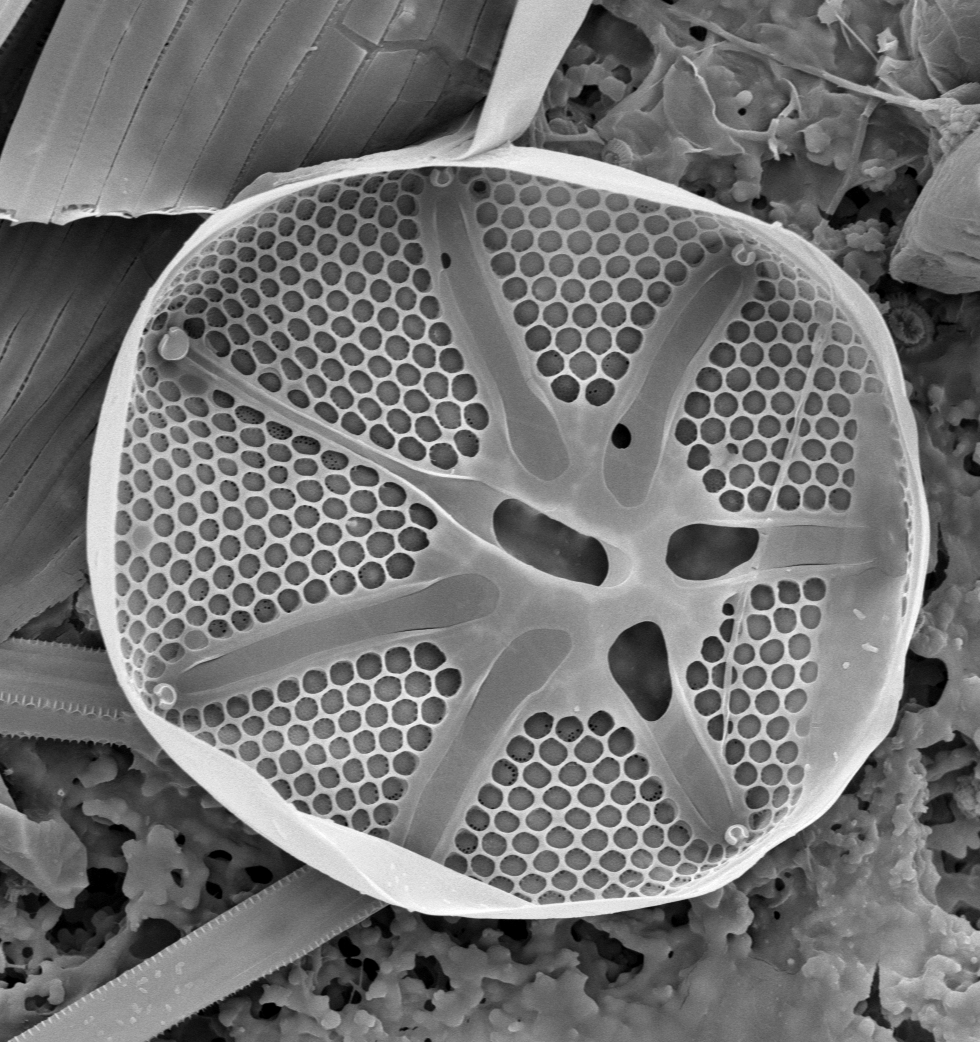
The Humboldt Current System off the coast of Peru is an eastern boundary upwelling system, where trade winds push surface waters offshore, allowing cold, nutrient-rich deep waters present to reach the surface. This process fuels high primary production in surface waters, making the region one of the most biologically productive in the world. As a result, its fisheries account for approximately 10% of global fish catches. Despite its importance, the ecosystem’s sensitivity to environmental change—especially events like El Niño—remains poorly understood. Yet, shifts in phytoplankton composition or structure are known to have wide-reaching impacts on the efficiency of the food web. One reason for this knowledge gap is the difficulty of studying the diverse phytoplankton groups together, as their sizes span several orders of magnitude.
DEEP-UP (Deep-Learning Applied to Phytoplankton from the Peruvian Upwelling) aims to study how phytoplankton communities respond to environmental forcing off the coast of Peru. It includes the development of low-cost solutions for automatic image acquisition and image recognition, and a scientific assessment of the spatio-temporal changes affecting the phytoplankton community in this productive ecosystem.
Funding: IRD
Partners: IMARPE, MIO, LOCEAN
Dates: 2023-2025
PI: Camille Godbillot, CEREGE


PI : Clara Bolton (CEREGE)
Oceanic plankton are sensitive to physical and biochemical changes in the surface ocean, and are key modulators of the ocean carbon cycle via photosynthesis and calcification. Fossil plankton remains exported to the seafloor and preserved in sediments thus hold key clues on both past climate changes as well as associated biological responses and feedbacks. The western equatorial Indian Ocean (WEIO) is a major player in tropical ocean-atmosphere climate dynamics, with far-reaching impacts on global climate patterns. In 2021, the SCRATCH cruise onboard the research vessel Marion Dufresne II collected high-quality, complete sediment cores spanning the Pleistocene (last ~2 million years) from the WEIO, with the aim of resolving past climate variability and volcanic activity in this important region. Here, we propose to study the co-evolution of plankton, coral reefs, and climate over the Pleistocene. We will perform paired paleogenetic, biomarker, and microfossil analyses, as well as reconstruct key paleoceanographic variables to constrain background climate change, in four sediment cores recovered during SCRATCH. Using state-of-the-art methodologies across three partner institutes, we will combine expertise on paleoceanography, organic geochemistry, genetics, and micropaleontology to address the hypothesis that cyclical changes in the morphology of plankton fossils represent genetic evolution, forced by external climate cycles. Anticipated results will (1) provide a comprehensive picture of paleoceanographic evolution of the WEIO, including Indian Ocean Dipole mean state, (2) demonstrate for the first time the relationship between genetic and morphological plankton evolution in multiple groups, and (3) shed light on external (climatic, volcanic) drivers of evolution, plankton community dynamics, and pelagic and neritic marine productivity.
https://clarabolton.wordpress.com/anr-itch-project/
Leica DMi8 Microscope
Up to 48 cultures can be monitored over several days. Every hour, 24 images of each culture are taken under monochromatic light. This allows the calcification process to be tracked day and night…
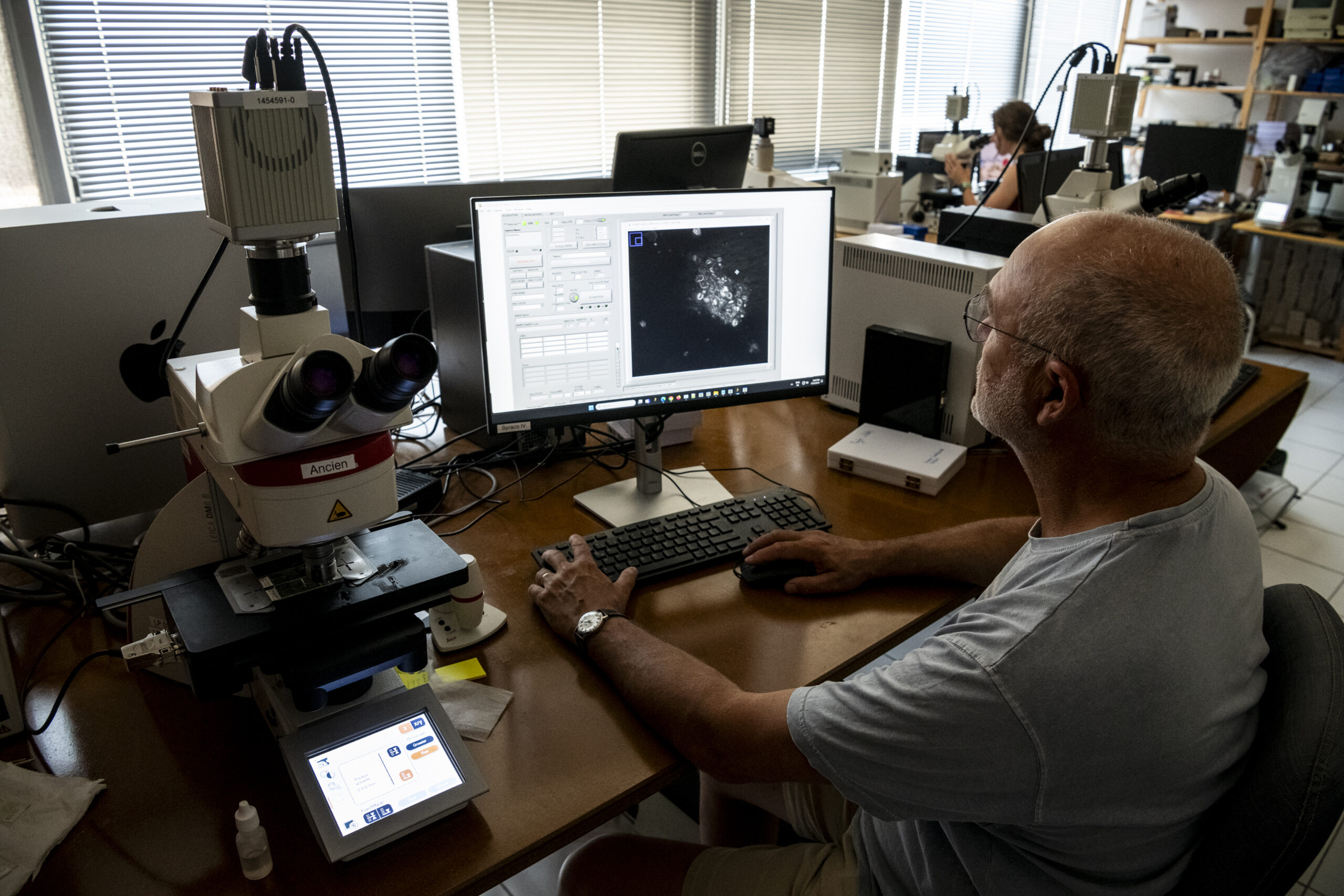
The MANTA platform hosts 3 Leica DM6000 microscope, with a x100 objective having a numerical aperture of 1.47, and a condenser lens having a 1.2 numerical aperture.
Avaliable filters :

Three circular polarizers made by Chroma Technology Corp. are integrated in the microscope. One right circular polarizer is positioned as analyzer. It consists of a linear polarizer oriented at +90° placed below a 1/4 lambda plate oriented at +45° mounted in a Leica cube and placed in the upper automatic turret of the microscope. This is a convenient place when one wants to automatically remove this analyzer to use other filters. If this not necessary, the analyzer can be placed in its regular position.
One (and one) left (right) circular polarizer, LCP (RCP), made of a 1⁄4 lambda plate oriented at 45° (-45°) followed by a linear polarizer oriented at 0°. These two polarizers are used alternatively when taking images of the same crystal. LCP and RCP are placed in the revolving filter chamber of the automated condenser block. For manual use, a 1⁄4 lambda plate could be placed under a linear polarizer, and rotated manually from -45° (LCP) to 45° (RCP).
One of five monochromatic bandpass filters centered at 435, 460, 560, 655, and 700 nm (AT435/20X, AT460/50M, ZET561/10X, AT655/30M and ET700/50M; all from Chroma Technology Corp.) is positioned in the light trajectory after the light bulb. The 561 nm filter is used in routine work because of its versatility (see below). The other filters are used to test the method and in special occasions when studying relatively thick calcite particles in the range of 1.4-1.9 μm in the case of 700 nm; or for detailed measurements of thin particles in the range of 0.2-0.4 nm for the 435 nm filter.


SYRACO (SYstème de Reconnaissance Automatique de COccolithes) is a software developed at CEREGE since 1995 and integrated into the MANTA platform, dedicated to the analysis, annotation, and automatic classification of microfossils through artificial intelligence. Initially, we used our own Convolutional Neural Network (CNN) developed at CEREGE and published in 1997 and 2004, which was used until 2017. Afterward, we adopted deep learning techniques for enhanced performance.
SYRACO allows researchers to efficiently manage image sets by providing tools for importing, collaborative annotation, training classification models, and advanced morphometric analysis.
Thanks to its deep learning tools (YOLO, ResNet, U-Nets), SYRACO facilitates the taxonomic identification of nannofossils and other microfossils, with interactive visualization features and data export capabilities tailored to the needs of the scientific community.
It is associated with the CoccoScan software, which controls the 6 automated microscopes of the MANTA Platform.
As an open-source project, SYRACO aims, in the near future, to unite researchers around a common database, thereby optimizing the use of paleontological data to better understand the evolution of the oceans and climate.

ParticleTrieur is an open-source software providing integrated solutions for image preprocessing, annotation, labeling, metadata management, automated classification via Convolutional Neural Networks (CNNs), and morphometrical analyses.
ParticleTrieur is designed to help biologists and paleontologists build coherent datasets through an intuitive, non-supervised interface. It also allows users to easily develop custom CNNs that can be applied to new image datasets or integrated into automated systems. ParticleTrieur’s versatility makes it applicable to modern oceanographic research, paleoclimatic studies, and biostratigraphy.

https://github.com/microfossil/particle-trieur
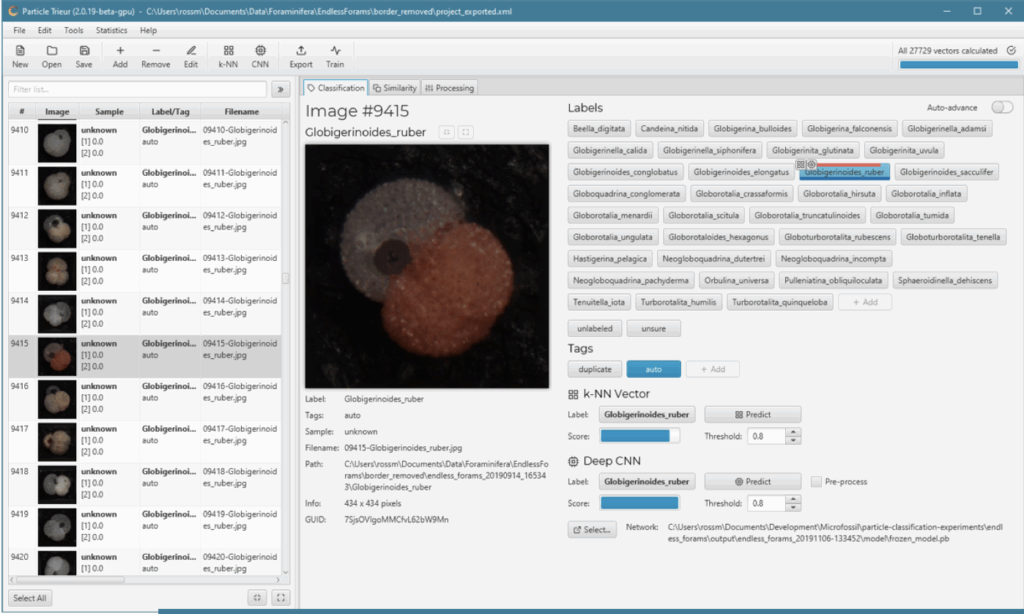
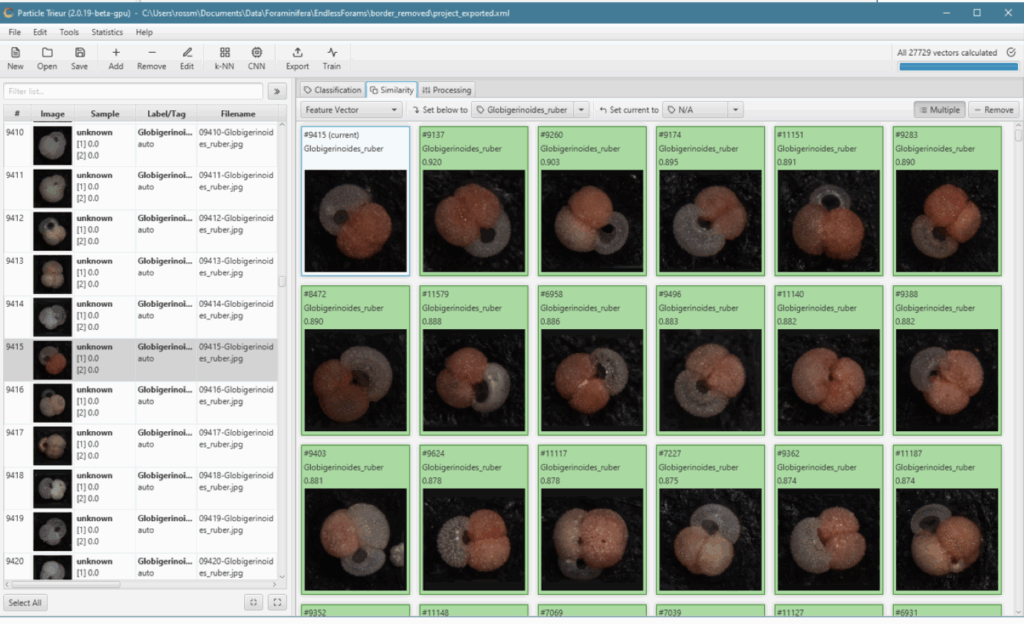
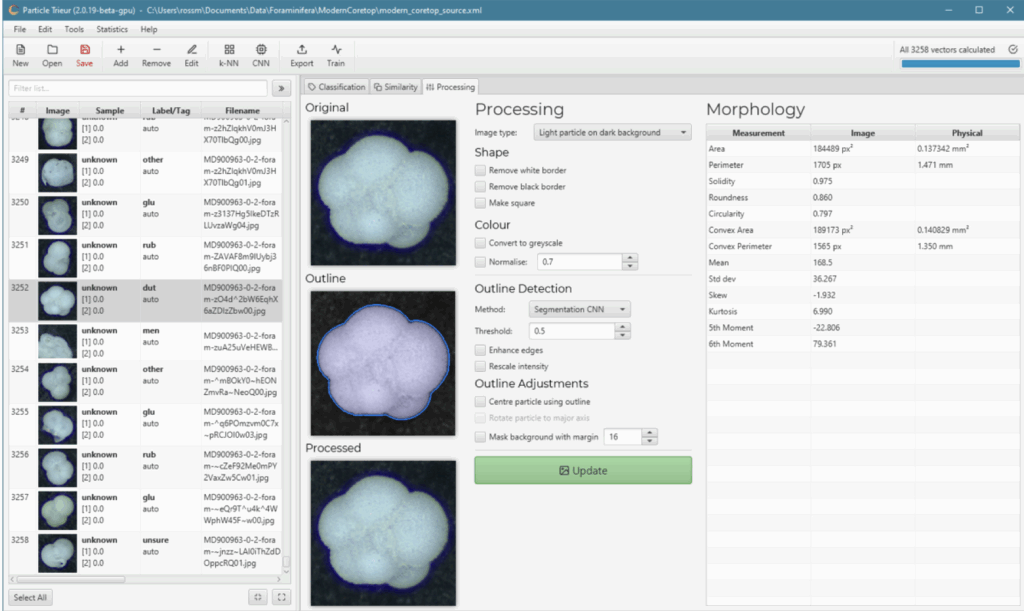
Particle-Trieur calls the miso python library for all ML tasks.
Reference : Marchant, R., M. Tetard, A. Pratiwi, M. Adebayo, and T. de Garidel-Thoron. 2020. “Automated Analysis of Foraminifera Fossil Records by Image Classification Using a Convolutional Neural Network.” Journal of Micropaleontology. https://jm.copernicus.org/articles/39/183/2020/